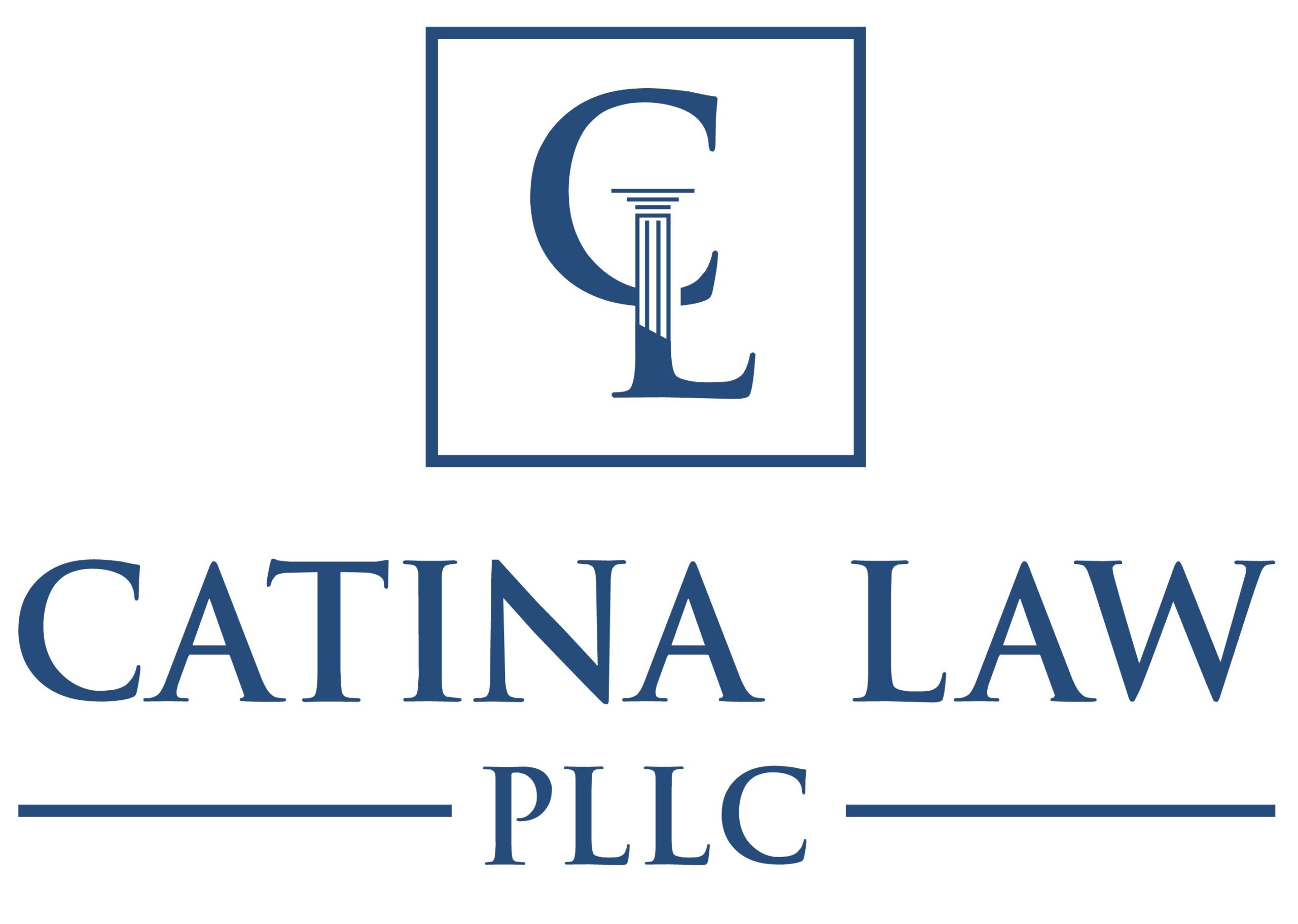Logos are the visual embodiment of a brand’s identity, a symbol that resonates with consumers and creates a lasting impression. Behind every iconic logo lies a complex web of legal considerations related to ownership rights. In this blog post, we delve into the intricacies of ownership rights in a logo, shedding light on the who, what, and how of logo ownership.
Understanding Logo Ownership
A logo isn’t just a design; it’s a valuable asset that represents a brand’s reputation and equity. Consequently, establishing ownership rights is crucial to protect a company’s investment and creative efforts. Ownership rights determine who has the legal authority to use, modify, reproduce, and license the logo.
1. Creator’s Rights
In most cases, the individual or design agency that creates the logo retains the initial copyright ownership. This means that the designer holds the exclusive rights to reproduce and distribute the logo. However, these rights can be transferred or licensed to the brand or organization for whom the logo was created.
2. Employer-Employee Relationship
If a logo is designed by an employee as part of their job responsibilities, the rights to the logo typically belong to the employer, based on the “work made for hire” doctrine. This ensures that the logo becomes the property of the organization rather than the individual designer.
3. Freelance Agreements and Contracts
When hiring a freelancer or design agency to create a logo, ownership rights should be clearly outlined in a contract. This contract should specify whether the client or the designer retains ownership, as well as any provisions related to usage, modifications, and transfer of rights.
4. Transfer and Licensing
Ownership rights can be transferred or licensed. Transferring ownership involves transferring all rights to the logo to another party, while licensing involves granting permission to use the logo under specific conditions. Licensing can be exclusive or non-exclusive, granting the licensee limited rights to use the logo for a predetermined period or purpose.
Protecting Ownership Rights
1. Trademark Registration
To secure ownership and protect a logo from unauthorized use, consider registering it as a trademark. Trademark registration provides legal protection and allows the logo’s owner to take legal action against infringing parties.
2. Document Everything
Maintain detailed records of the logo’s creation, ownership agreements, contracts, and any changes made to the logo over time. These documents can serve as evidence in case of disputes.
3. Monitor and Enforce
Regularly monitor the use of your logo to detect any unauthorized use or modifications. Promptly take action against infringements to safeguard your ownership rights.
Ownership rights in a logo are a critical aspect of brand identity and protection. Whether you’re a designer, a brand owner, or a freelancer, understanding these rights is essential to navigate the complex landscape of logo ownership. By clarifying ownership agreements, documenting transactions, and taking proactive steps to protect your logo, you can ensure that your brand’s visual identity remains a valuable and legally secured asset.
Disclaimer: The information contained in this post is not, nor is it intended to be, legal advice. You should consult an attorney for advice regarding your individual situation. We invite you to contact us and welcome your calls and communications. Contacting us, however, does not create an attorney-client relationship.

